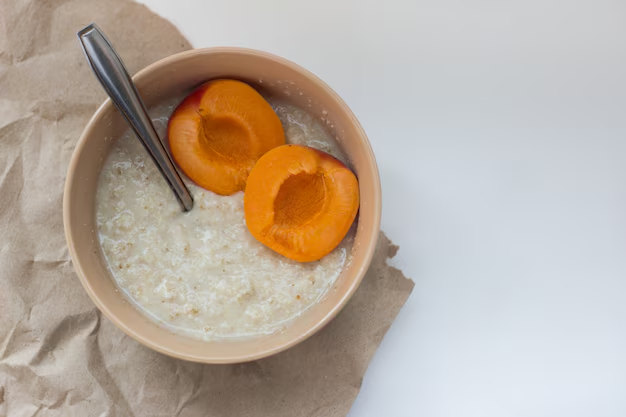Smart Ways to Prepare Oats for Diabetics
For many, oats are a morning staple known for their hearty taste and nutritious benefits. However, when preparing oats for diabetic patients, it's crucial to optimize the meal to maintain healthy blood sugar levels. This article will guide you on how to customize oats to be diabetic-friendly, without compromising on flavor or nutrition.
The Right Type of Oats
When shopping for oats, steel-cut oats or old-fashioned oats are preferable over instant oats. The less processed the oats, the lower their glycemic index (GI), meaning they have a subtler impact on blood sugar levels. Steel-cut and old-fashioned oats are digested more slowly, reducing spikes in blood glucose.
Flavor Boosters That Don’t Spike Sugar
It's tempting to add sugar or syrup to improve the taste, but these aren't diabetic-friendly options. Consider enhancing your oatmeal with:
- Cinnamon: This spice is known to help regulate blood sugar levels and add a warm, inviting flavor.
- Vanilla extract: Just a splash can add sweetness without added sugar.
- Nutmeg: A small amount can offer a rich aroma and sweet taste.
Adding Nutrient-Rich Ingredients
Incorporate other nutrients by adding:
- Nuts and seeds: Walnuts, almonds, or chia seeds boost the fiber and protein content and add a satisfying crunch.
- Berries: Fresh or frozen, berries like blueberries and strawberries are lower in sugar than other fruits and packed with antioxidants.
- Greek yogurt: Unsweetened Greek yogurt can make your oatmeal creamy and adds protein to keep you full for longer.
Cooking Techniques
Opt for low-fat milk or unsweetened almond milk instead of water to boil the oats. This substitution not only enriches the flavor but also provides added calcium and vitamin D. When cooking, avoid adding too much fruit or honey, as these can increase the carbohydrate content significantly.
Meal Planning for Diabetics
For those managing diabetes, maintaining a balanced diet is crucial. Oats, when prepared correctly, can be an ideal part of a meal plan that includes:
- Balanced Breakfasts: Pair oats with a protein, such as an egg or a small portion of cheese, to stabilize blood sugar levels throughout the morning.
- Consistent Portions: Aim for a serving size that fits within the daily carbohydrate count as prescribed by a healthcare provider. Monitoring the quantity can make a big difference in managing diabetes.
Beyond Nutrition: Financial and Educational Support
Understanding these dietary tips is just one component in managing diabetes effectively. It's equally important to have access to the right resources that can ease the financial burden of managing health conditions. Let’s look at some ways to seek out additional support:
- Government Aid Programs: Many governments offer assistance programs to help with diabetes management tools and medications.
- Financial Assistance Options: Consider consulting financial advisors specializing in healthcare expenses to explore feasible options like hospital bill negotiations or patient loans.
- Educational Opportunities: Taking a diabetes management class can provide valuable knowledge and strategies to maintain a healthier lifestyle.
Key Financial and Educational Resources to Explore:
- 📋 Medicaid and Medicare: These can offer coverage for diabetes supplies and medications.
- 📚 Diabetes Education Programs: Classes available through hospitals or community centers.
- 💸 National Diabetes Services Scheme (NDSS): Offers discounted products and services (country-specific).
- 🏦 Healthcare-Specific Financial Planning: Financial advisors focusing on healthcare costs.
- 🎓 Educational Grants for Nutrition and Healthcare Studies: For those interested in pursuing a career in healthcare and nutrition.
Empowering yourself with the right cooking techniques and support systems can transform oatmeal from a simple breakfast into a potent ally in diabetes management.
